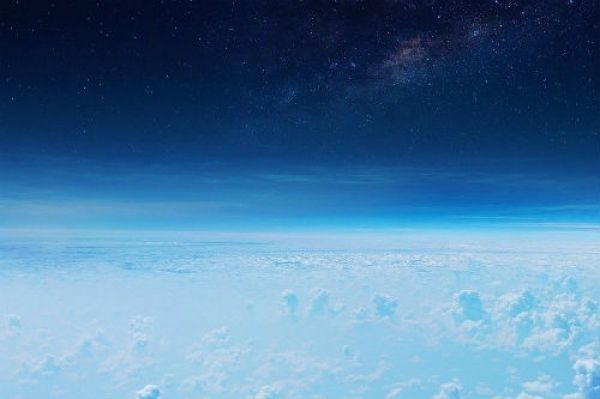The compound, carbon tetrachloride, contributes to the destruction of the Earth’s ozone layer, which protects us from harmful ultraviolet radiation.
As a result, the production of carbon tetrachloride has been banned throughout the world since 2010 for uses that will result in its release to the atmosphere. However, recent studies have shown that global emissions have not declined as expected, with about 40,000 tonnes still being emitted each year.
The origin of these emissions has puzzled researchers for many years.
Alongside collaborators from South Korea, Switzerland, Australia and the USA, researchers at the University of Bristol aimed to quantify emissions from eastern Asia.
To do this, they used ground-based and airborne atmospheric concentration data from near the Korean peninsula and two models that simulate the transport of gases through the atmosphere.
Read more at University of Bristol
Image: Substances such as carbon tetrachloride are responsible for destroying ozone high up in the atmosphere. The ozone layer prevents harmful ultraviolet radiation from reaching the Earth’s surface. CREDIT: University of Bristol


